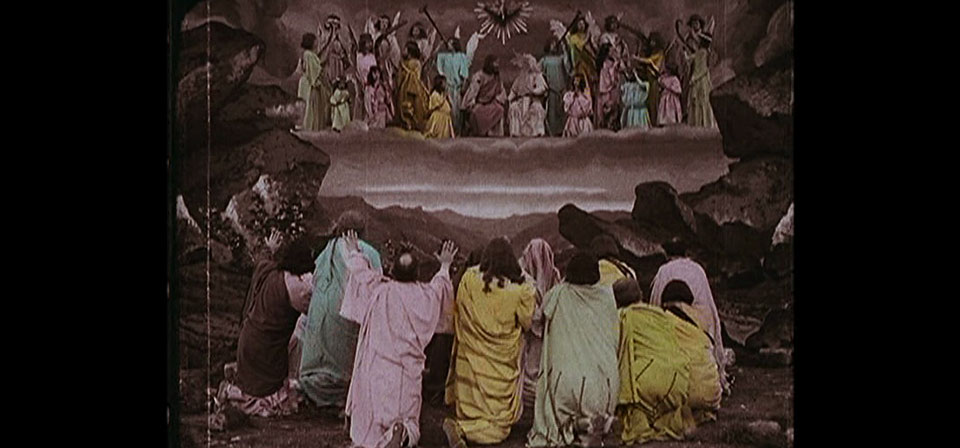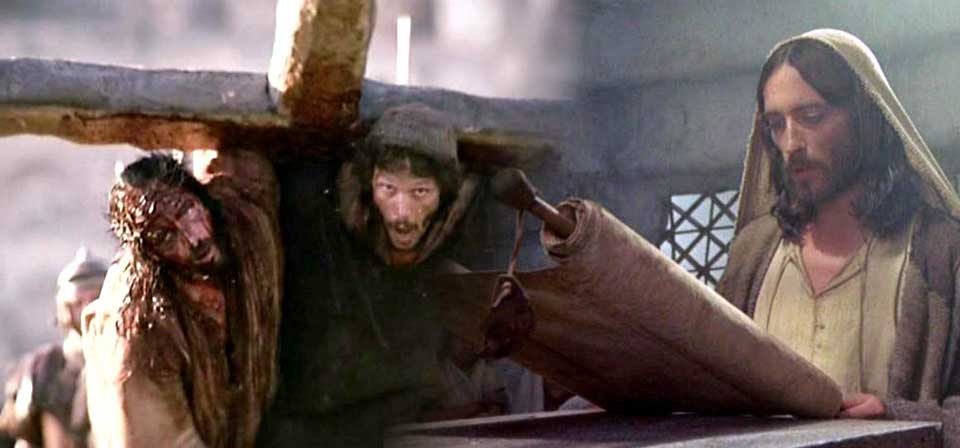Search Results
7 records found
The Passion of the Christ: A Note on the DVD “Definitive Edition”
The original DVD edition of The Passion of the Christ was a “bare bones” edition featuring only the film itself. This week’s two-disc “Definitive Edition” is packed with extras, from The Passion Recut (which trims about six minutes of some of the most intense violence) to four separate commentaries.
The Passion of the Christ: First Impressions (2004)
As I contemplate Mel Gibson’s The Passion of the Christ, the sequence I keep coming back to, again and again, is the scourging at the pillar.
Understanding the Catholic Meaning of The Passion of the Christ
In its most extreme form, the charge of morbidity has been laid at the feet of the Christian faith itself. Christianity’s harshest critics denounce it as "a religion of death." Clearly, at some point objections of this sort must be regarded as a case in point of what the scriptures call the "scandal" of the cross. It is the cross itself, the very suffering and dying of God made man, and the way Christians respond to this event in their faith and devotion, that is behind much (though again not all) of the religious and anti-religious controversy over the brutality of this particular film.

The Ascension of the Lord: My favorite screen depiction
My favorite cinematic depiction of the Ascension of Jesus is one of the very first, from a very early silent film released 110 years ago.
The Life and Passion of Jesus Christ (1905)
The Life and Passion of Jesus Christ is a remarkable relic from the very dawn of cinema.
Beyond Bias: The Passion of the Christ and Antisemitism
Abraham Foxman of the Anti-Defamation League declared recently that Mel Gibson’s The Passion of the Christ is not antisemitic, and that Gibson himself is not an anti-Semite, but a “true believer.”

Jesus movies and antisemitism: Jesus of Nazareth and The Passion of the Christ
While concerns around “Jesus of Nazareth” were short-lived, The Passion of the Christ remains controversial, beloved by many and condemned by many others.
Recent
- Benoit Blanc goes to church: Mysteries and faith in Wake Up Dead Man
- Are there too many Jesus movies?
- Antidote to the digital revolution: Carlo Acutis: Roadmap to Reality
- “Not I, But God”: Interview with Carlo Acutis: Roadmap to Reality director Tim Moriarty
- Gunn’s Superman is silly and sincere, and that’s good. It could be smarter.
Home Video
Copyright © 2000– Steven D. Greydanus. All rights reserved.